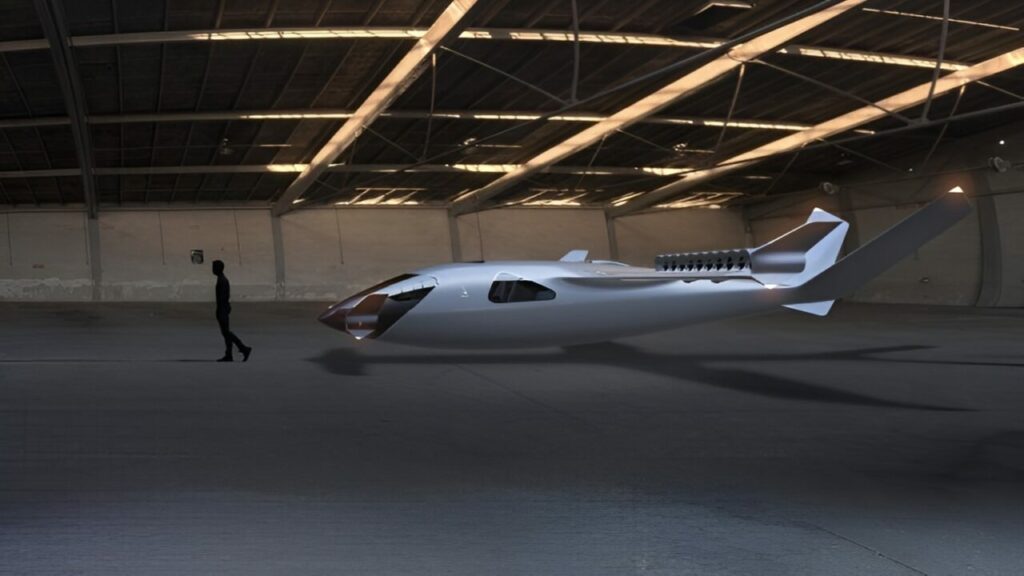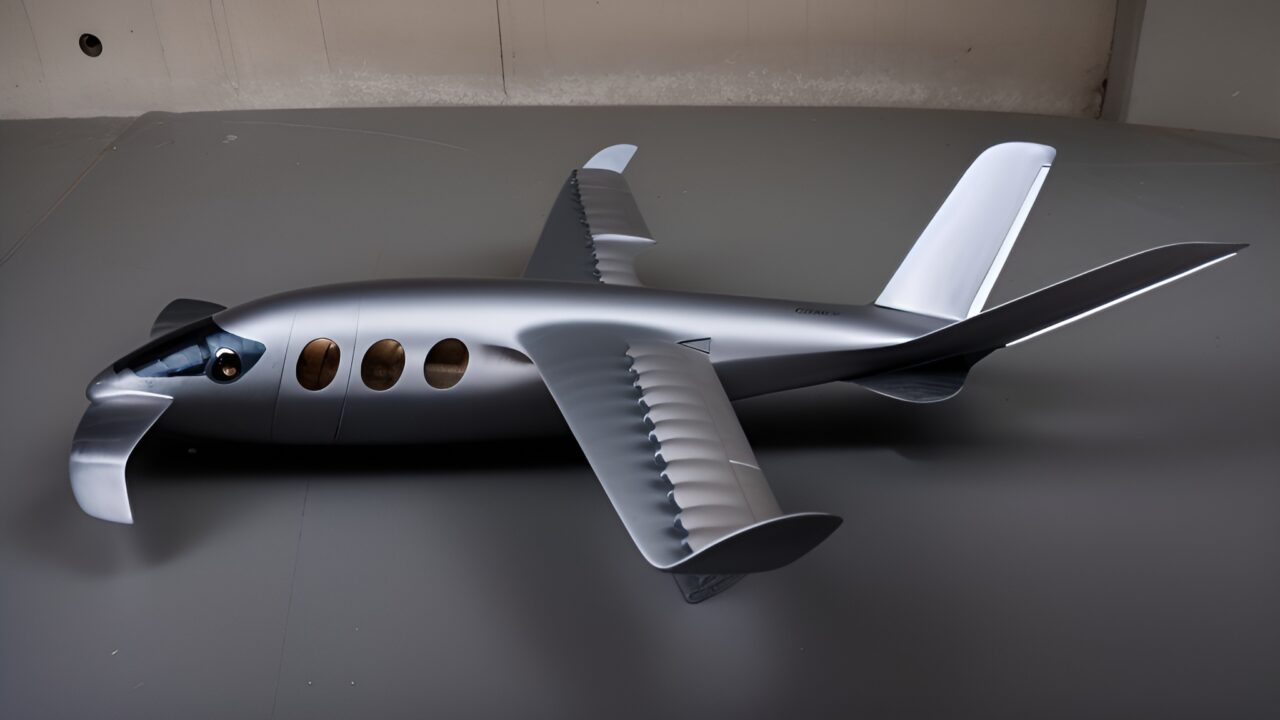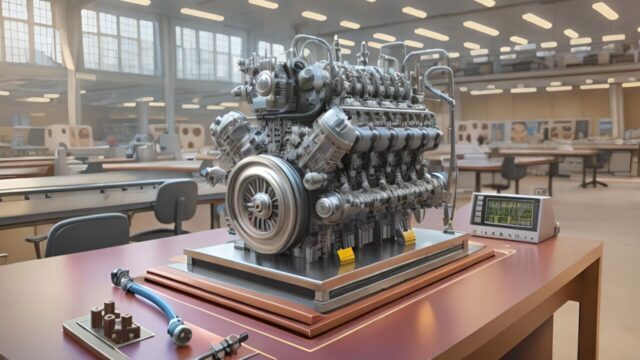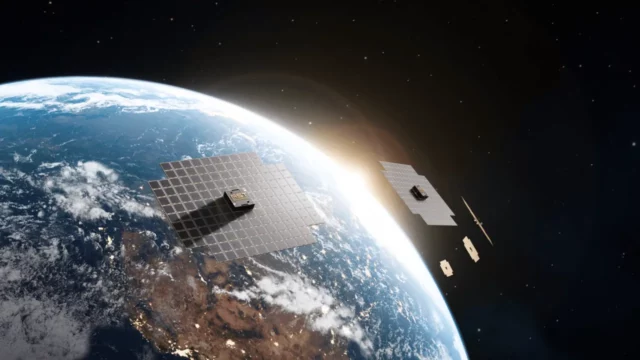A Swiss aviation company has introduced a groundbreaking and environmentally friendly innovation. This aircraft, the world’s first hydrogen-powered luxury VTOL (Vertical Take-Off and Landing) aircraft, is the SiriusJet. This technological marvel can travel 1850 km on a full tank of fuel, costing only $500, and does so quietly. How is this possible? Here are the details…
The world’s first hydrogen-powered aircraft, SiriusJet, is as quiet as a dishwasher
This hydrogen-powered aircraft produces 90% less noise compared to helicopters and generates as much noise as a dishwasher at a distance of 100 meters. This allows it to fly without disturbing anyone, even in close proximity to communities. The propulsion system of the SiriusJet is also quite innovative. It is equipped with a 28-channel system that significantly reduces noise emissions.

The 20 fans along the wings and the 8 fans in the aircraft’s nose are powered by separate electric motors. This engineering feat allows the aircraft to travel both environmentally friendly and quietly. The SiriusJet has vertical take-off and landing capabilities, enabling passengers to land exactly where they want.
The aircraft can reach an altitude of 30,000 feet and a cruising speed of 520 km/h. It takes off and lands like a helicopter but travels as fast as a plane. How safe is the aircraft? SiriusJet is very ambitious in this regard as well. The fuselage parachute system automatically activates in case of an emergency, ensuring almost complete safety. This system makes even passengers who are afraid of flying feel comfortable and secure.
Sirius plans to launch two new zero-emission aircraft models, the Sirius Business Jet and Sirius Millennium Jet, in 2025. The Sirius Business Jet will have a capacity of three passengers and cater to private jet needs, while the Sirius Millennium Jet will be designed for commercial flights with a capacity of five passengers and a range of 1000 km.
These environmentally friendly, quiet, and cutting-edge aircraft seem poised to usher in a new era in aviation. What do you think? Share your thoughts in the comments section below!














